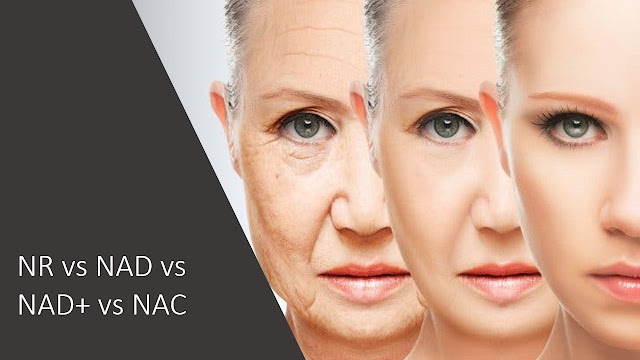Hyperthermia vs Hypothermia: What the Difference?
Hyperthermia is an abnormally high body temperature, or overheating. It's the opposite of hypothermia, when your body is too cold. Hyperthermia occurs when your body absorbs or generates more heat than it can release.
Hypothermia, on the other hand, refers to a condition where the body temperature drops below the normal range. It usually occurs when a person is exposed to cold temperatures for an extended period.
Hyperthermia
1. What Happens If You Get Hyperthermia?
Hyperthermia is defined as a body temperature greater than 40 C.
Hyperthermia also happens gradually and starts with heat cramps and then progresses to heat exhaustion and eventually heat stroke if left untreated.
2. What Causes Hyperthermia?
Factors that can influence hyperthermia are diet, electrolyte balances, exercising, heat tolerance, and acclimation.
Prolonged exposure to conditions with a heat index of 105 °F (41 °C) or greater. This means that the air temperature may only be 95 °F (35 °C), but high relative humidity can still mean that conditions for hyperthermia are present. For example, an air temperature of 92 °F (33 °C) with a relative humidity of 60% creates a dangerous level of heat.
Exposure to sunshine for a prolonged period of time on a hot day.
Dehydration. It is essential to drink plenty of fluids when outdoors or when exerting oneself in hot weather.
Excessive time spent in a hot tub or sauna. Generally, the maximum recommended time to spend in either a hot tub or sauna is 30 minutes, followed by proper cooldown and hydration.
3. How To Prevent Hyperthermia
Monitoring your hydration levels to prevent dehydration, supplementing electrolytes lost in sweat (potassium, magnesium, and sodium) to prevent electrolyte imbalances, and proper heat training can all help prevent symptoms of hyperthermia.
4. Signs of Hyperthermia
Heat exhaustion: Excessive sweating, skin redness, shortness of breath, weakness, fatigue. Serious if not treated, but not life-threatening in most cases. Moderate hyperthermia begins when the body temperature reaches 101 °F to 104 °F (38 °C to 40 °C).
Heatstroke: A life-threatening condition that requires immediate medical treatment. Symptoms include hot and dry skin (no perspiration, this is a key warning sign), shortness of breath, dizziness, throbbing headache, nausea. Heatstroke begins when the body core reaches a temperature of 104 °F (40 °C) or greater, and it is very dangerous!
Hypothermia
1. What Causes Hypothermia?
Being exposed to cold weather for long periods of time, being immersed in cold water for extended periods of time and having wet clothing in cool outdoor temperatures can all trigger hypothermia.
Hypothermia can be caused by..
- Staying too long in cold water.
- Remaining in wet clothes for an extended period of time.
- Wearing clothes that are too thin for the weather conditions or long-term exposure to cold.
- Prolonged exposure to strong, chilly winds, even if temperatures are above freezing.
- Excessively cold air-conditioning indoors — below 64 °F (18 °C) — especially for older people, who get cold more easily.
2. Signs of Hypothermia
Mild hypothermia: Shivering, skin cold to the touch. Not generally life-threatening.
Moderate hypothermia: Core body temperature is 93 °F to 95 °F (34 °C to 35 °C). This is more serious, and if not corrected, can become life-threatening. Typical signs of moderate hypothermia include dazed consciousness, loss of manual dexterity, slurred speech, uncontrollable shivering, and acting intoxicated or irrational.
Severe hypothermia: Core body temperature is 92 °F or lower. Death is possible without immediate medical attention. Someone experiencing this urgent level of hypothermia may not be able to walk, their pupils will be dilated, and they will be pale and cold to the touch. Their breathing will be very shallow, and you may not be able to easily find their pulse.
The symptoms of hypothermia are often gradual and the individual in need may not be aware of the situation they are in.
If you see someone that is suffering from hypothermia, it is important to move them to a warm and dry location if possible. Wet clothing should be removed, and dry clothing, blankets, and coats can be used to dry to increase body temperature.
3. What are the 5 stages of hypothermia?
HT I: Mild Hypothermia, 95-89.6 degrees. Normal or nearly normal consciousness, shivering.
HT II: Moderate Hypothermia, 89.6-82.4 degrees.
HT III: Severe Hypothermia, 82.4-75.2 degrees.
HT IV: Apparent Death, 75.2-59 degrees.
HT V: Death from irreversible hypothermia.


.png)






Comments